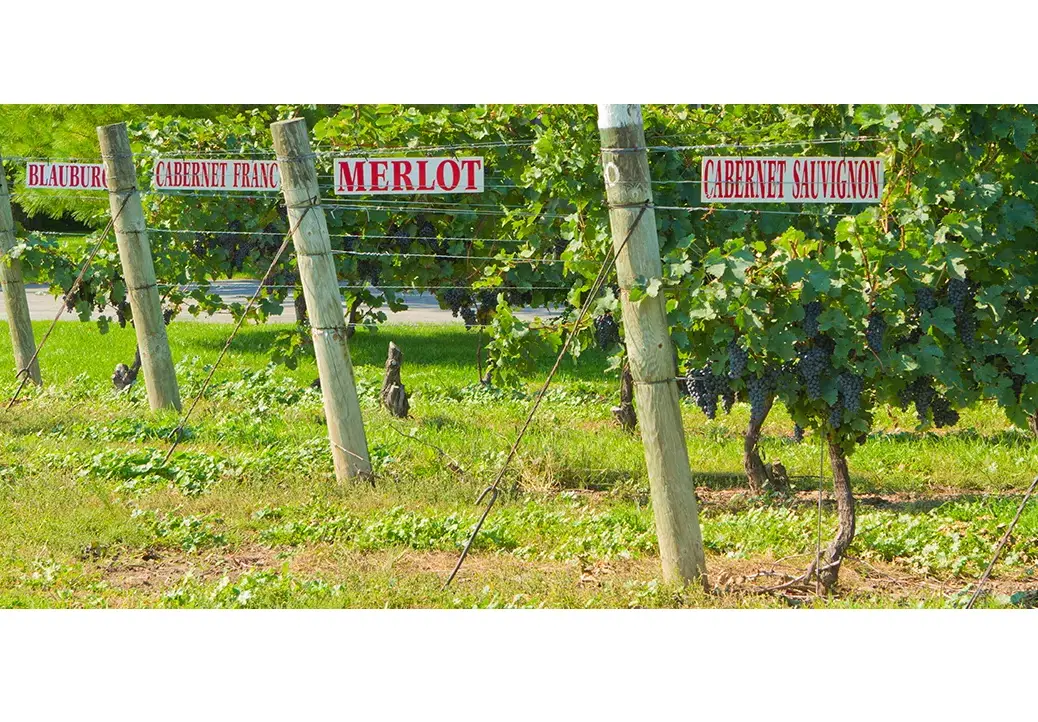
Recent columns in this series have lamented how appellations, in the name of provenance—enshrining place as fine wine’s prime distinguishing feature—almost ineluctably overstep, demanding decoding beyond the patience of most of the consumers they were ostensibly meant to protect, who thus end up confused and underinformed (WFW 79, p.38). Terroir gets conflated with typicity, which turns tyrannical (WFW 62, p.44). Spurious regulatory details proliferate (WFW 75, p.54). Inherent inertia inhibits response to changing circumstances (WFW 80, p.97), while wrangling over appellations (and their offspring, vineyard classification) diverts attention and energy from such urgent changes of circumstance as a warming planet (WFW 73, p.36).
The foremost concern of all appellations is intimated by the EU-sanctioned designation for the genre—“protected designation of origin”: to inform consumers with some desired degree of specificity where the grapes grew. Additionally, systems of appellations are intended to guarantee some level of sheer quality. Lastly, there are what’s promised by the name of that most famous system, France’s appellation contrôlée: further controls on which wines may be labeled for their place of origin, controls whose aim is for consumers to associate with a given place name some readily recognizable type of wine, as determined inter alia by the sorts of grapes and vinificatory methods that are permitted. Tension—indeed, conflict—is inevitable between the first and last of these desiderata, since any wine failing to meet appellation standards cannot proclaim its origin within the surface area delimited by that appellation.
Austria’s DACs
Such tension is reflected in Austria’s system of DACs, which this year reached its goal of covering every growing region (with a single exception). The inaugural (2002) DAC, Weinviertel—by far the country’s largest growing region—is limited to wines from Grüner Veltliner, making up half the regional vine area. Yet today, only 15 percent of Weinviertel production is labeled “Weinviertel,” and among estates that utilize the DAC at all, many do for only one among many Grüner Veltliner bottlings. The most recently recognized DACs, by contrast, authorize virtually all of those varieties that are planted in any significant numbers. Depending on one’s perspective, these latecomers either failed to grasp the point of DAC—officially, to inform consumers that a wine is “particularly typical” of its region—or came to recognize the own-goal nature of disqualifying a large share of wine from calling-card function.
Proponents of DAC often testify to success in marketing wines that lack this imprimatur. “I determined that [such] wines would sell just as well regardless; and they had their own justification,” relates Michael Moosbrugger, proprietor of the Kamptal’s prestigious Schloss Gobelsburg and longtime chairman of Austria’s influential Traditionsweingüter. “So, the appellation Kamptal DAC will definitely not lead to our making no sparkling wines, red wines, or sweet wines.” For non-DAC Kamptal wines, the designation of origin is Niederösterreich, an Austrian state unfamiliar abroad.
As for less orthodox genres, such as products of skin-fermented white grapes, those tasked with Austrian wine marketing are grappling with a dilemma, now that the average bottle price of a Qualitätswein in export has been surpassed by that of non-Qualitätsweine. A proposal has been floated to create a category of Qualitätswein mit alternativer Stilistik. But integration into Austria’s DACs has not been broached. Moosbrugger isn’t even averse to imagining how wines labeled “Zöbinger Heiligenstein,” his foremost cru, might one day come to be “orange”—if, as he puts it, such wines become “so successful […] that [they] command twice the price of any others from the Heiligenstein.” But for him, typicity demands that what is understood as “Heiligenstein”—or, by extension, “Kamptal”—does not reflect disparate concurrent styles.
VQAs: Canada’s inclusive appellations
Imagine, though, appellations minus the criterion of typicity. Actually, one needn’t imagine. Some already exist: Canada’s VQAs. When, for example, Dean Stoyka of Stratus Wines vinified two 2021 Rieslings, one conventionally and one “skin-fermented,” both could carry the same designation of origin: Niagara-on-the-Lake. And arguably, it would be peculiar were that not the case, since the two wines came from the same vineyard block. Ann Sperling, an Ontario and British Columbia winemaker who was the prime mover behind 2017 integration of orange wine into Ontario’s VQAs, could point to their existing inclusivity, embracing sparklers and a range of sweet wines, including icewine (long an Ontario signature).
There’s no dearth of requirements in VQA regulations. Ontario’s currently run to 12,453 words. But most concern the authorization and definition of stylistic descriptors—something unneeded if your appellation is designed to conjure a discrete style of wine. An averred guarantee of quality is conferred via sensory analysis for freedom from “defects or faults.” To be sure, even these can be on the palate of the beholder (see WFW 17, p.74). But Ontario’s guidelines are well designed to promote felicitous inclusiveness, while weeding out what would find disfavor with most drinkers.
”The tasting panels have evolved,” observes Sperling, “and are tolerant of style variations [and] trends as long as there are no obvious flaws. For example, wild-fermented Rieslings with malolactic were rejected consistently ten years ago but are now routinely accepted.” The panelists—vintners, sommeliers, and wine educators scrutinized for expertise—aren’t asked to rule on regional typicity. Provenance and quality suffice.






